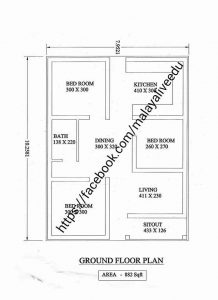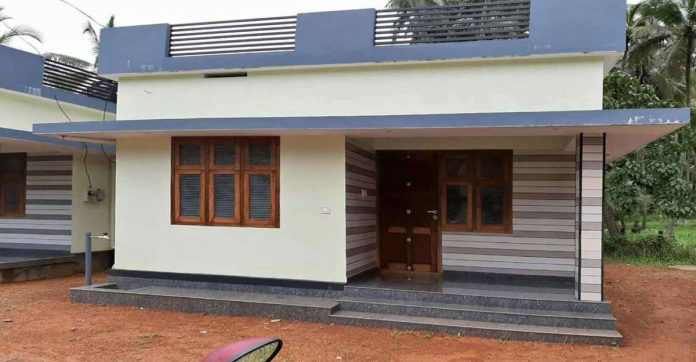A more open question is whether most CCTV is cost-effective. While low-quality domestic kits are cheap the professional installation and maintenance of high definition CCTV is expensive.Gill and Spriggs did a Cost-effectiveness analysis (CEA) of CCTV in crime prevention that showed little monetary saving with the installation of CCTV as most of the crimes prevented resulted in little monetary loss. Critics however noted that benefits of non-monetary value cannot be captured in a traditional Cost Effectiveness Analysis and were omitted from their study. A 2008 Report by UK Police Chiefs concluded that only 3% of crimes were solved by CCTV.
Many sporting events in the United States use CCTV inside the venue for fans to see the action while they are away from their seats. The cameras send the feed to a central control center where a producer selects feeds to send to the television monitors that fans can view. CCTV monitors for viewing the event by attendees are often placed in lounges, hallways, and restrooms. In a trial with CCTV cameras, football club fans no longer needed to identify themselves manually, but could pass freely after being authorized by the facial recognition system.
Many homeowners now choose to install CCTV systems on their own homes. CCTV cameras are an effective deterrent to criminals as it increases the risk of criminals getting arrested because they could be identified through the camera footage. Most criminals will scout through affluent suburbs looking for the easiest house to break into. Having an obvious CCTV system, or another security alarm, makes the house appear to be a more difficult target so the criminals will likely move on to the next house. Modern CCTV systems can be monitored through mobile phone apps so it is possible to view live footage of your house from anywhere you have internet coverage. Some systems even provide motion detection so when movement is detected, an alert can be sent to your phone.
Criminals may use surveillance cameras to monitor the public. For example, a hidden camera at an ATM can capture people’s PINs as they are entered, without their knowledge. The devices are small enough not to be noticed, and are placed where they can monitor the keypad of the machine as people enter their PINs. Images may be transmitted wirelessly to the criminal. Even lawful surveillance cameras sometimes have their data go into the hands of people who have no legal right to receive it











